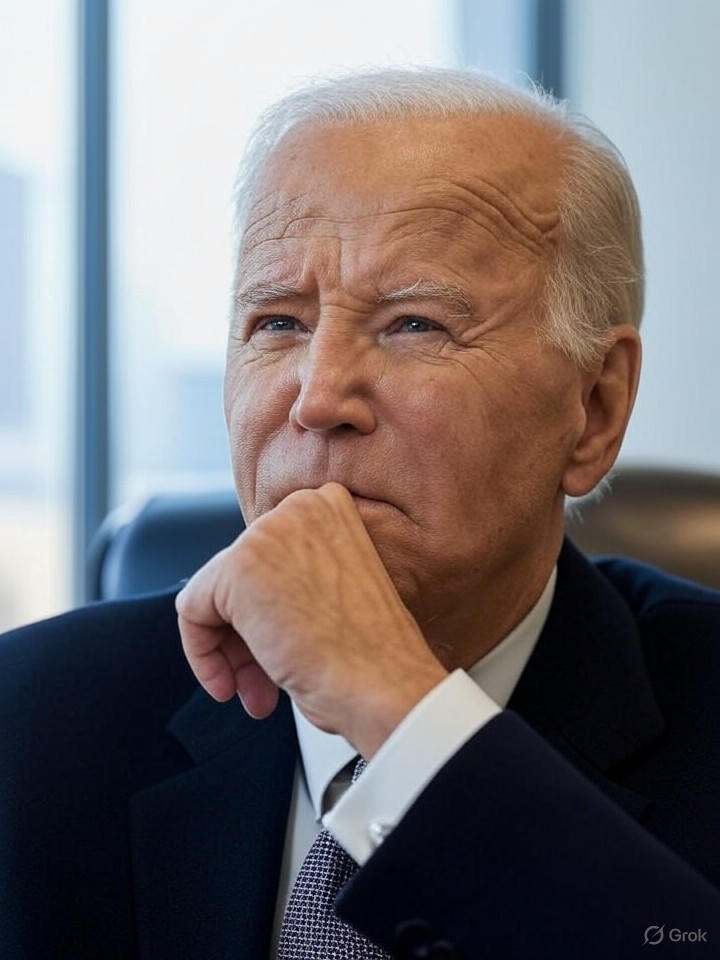In a significant reversal for U.S. transportation policy, the Trump administration has lifted its controversial freeze on $5 billion in federal funds earmarked for electric vehicle (EV) charging infrastructure. The move comes after a federal court ruled the initial halt illegal, forcing the Department of Transportation to issue new guidance that allows states to access the money, albeit with relaxed requirements.
The funds, originally allocated under the Biden-era Infrastructure Investment and Jobs Act, were intended to build a nationwide network of EV chargers to support the growing adoption of electric vehicles. However, shortly after taking office in 2025, the Trump administration paused the program, citing concerns over cost and alignment with broader energy priorities favoring fossil fuels.
Court Mandates Funding Release
A pivotal court decision in June 2025, as reported by NPR, issued a preliminary injunction ordering the resumption of the program. U.S. District Judge Tana Lin in Seattle found that the freeze exceeded presidential authority, emphasizing that Congress had explicitly designated the funds for EV infrastructure.
This ruling echoed sentiments in a Reuters report, which highlighted the program’s roots in the Inflation Reduction Act and the administration’s overreach in withholding bipartisan-approved allocations.
Relaxed Guidelines Spark Debate
Under the new guidance released on August 11, 2025, states can now tap into the $5 billion with fewer mandates on safety proofs, environmental impact assessments, and inclusion of minority- and women-owned businesses, according to details in the primary TechCrunch article. This streamlining aims to accelerate deployment but has raised concerns among environmental groups about potential oversights.
Industry analysts note that the changes could benefit companies like Tesla, which previously received millions from the program before the freeze, as per earlier coverage in TechCrunch. Yet, the reduced requirements might dilute the program’s original goals of equitable and sustainable development.
Industry Implications and Stakeholder Reactions
For EV manufacturers and infrastructure providers, the funding revival represents a lifeline amid fluctuating market demands. Posts on X from users like Bloomberg reporters indicate a mix of relief and caution, with the administration’s updates seen as a pragmatic but ideologically driven adjustment.
Bloomberg further elaborated that the simplified access could lead to faster rollout of chargers along highways, potentially alleviating “range anxiety” for EV drivers—a term humorously referenced in the court’s opinion drawing from popular culture.
Broader Policy Shifts and Future Outlook
Critics, including those cited in Fox Business, argue that the original freeze was a necessary check on what some viewed as wasteful spending, especially given the Biden administration’s ambitious but underdelivering targets, such as aiming for 500,000 chargers but installing far fewer.
Looking ahead, this episode underscores tensions between federal mandates and executive priorities in the energy sector. As states begin applying under the new rules, observers will watch closely for how these funds influence EV adoption rates, with potential ripple effects on automakers, energy providers, and urban planning. The administration’s compliance, while court-ordered, signals a reluctant nod to legal boundaries, but the pared-back stipulations may set precedents for future infrastructure investments, balancing speed against accountability in an era of rapid technological change.




 WebProNews is an iEntry Publication
WebProNews is an iEntry Publication